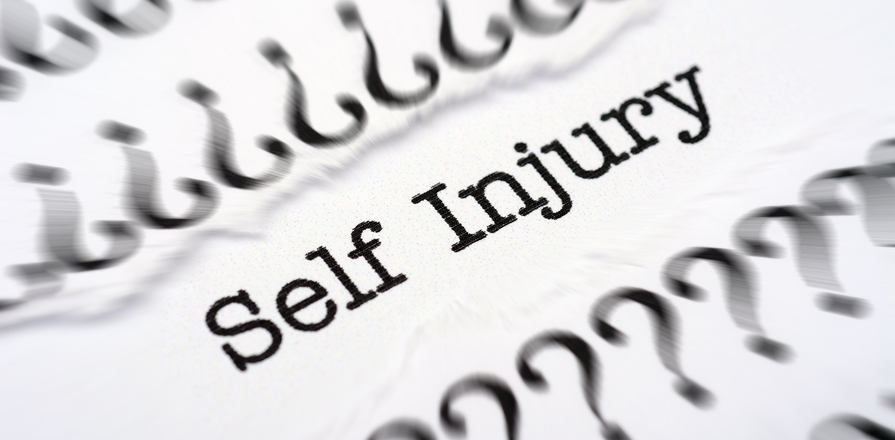Self-Injurious Behaviour in Rubinstein-Taybi Syndrome
The term self-injurious behaviour refers to any non-accidental behaviour (i.e., accidentally bumping your head on the wall would not be classed as self-injury whereas intentionally hitting your head on your wall would) that has the potential to cause some kind of damage such as reddening, bruising, bleeding or hair loss.
There is little research that has been conducted on self-injurious behaviour in Rubinstein-Taybi syndrome.
However, the little research that has been completed has estimated that between 20-40% of individuals with Rubinstein-Taybi syndrome display self-injurious behaviour.
Research with a wide range of neurodevelopmental disorders has found that individuals that displayed self-injury scored higher on measures of autistic-like repetitive behaviours, overactivity and impulsivity. However, there are a variety of potential causes for self-injurious behaviour – visit our causes of challenging behaviour page for more information on this.




